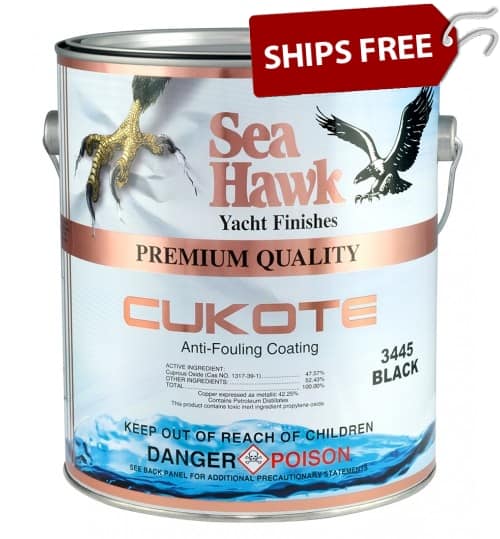Our customer service team often receives phone calls from customers asking how to identify the type of paint on my boat? The paint label should indicate the type of paint it is, as well as any other information about the paint. However, that may not be available.
In this case, you will need to know the surface of your vessel, for example is it aluminum, wood or fiberglass?
Once you have identified the surface, the type of boat paint can be narrowed down.
If you are looking at the topside area of a boat, and the surface has a gloss/shiny finish, the options are mainly Gelcoat or marine paint.
To tell these apart, you can use a couple of methods:
One method is to use rubbing alcohol on a white cloth and rub it over an inconspicuous area of the hull. If the surface starts to shine, then it’s likely that you have Gelcoat. Another option is to take a piece of sandpaper and gently rub it over an area where the finish appears smooth. If the paper doesn’t snag and pull up any fibers from the surface, then it’s most likely Gelcoat as well.
If you are looking at the bottom of the boat, and the surface has a dull, flat sheen finish you most likely have some type of antifouling bottom paint. The two most popular bottom paints are self-polishing ablative and hard bottom paint.
The self-polishing ablative bottom paints work like a bar of soap, once the boat moves in the water or there is a current and or tide, the outer layer slowly wears away. It is easy to tell when a boat is painted with ablative bottom paint, simply rub it with a dry rag in an inconspicuous area of the hull. If the paint easily rubs off, you most likely have a self-polishing ablative bottom paint.
Note: compatibility within bottom paints can be tricky, we recommend checking the compatibility chart of the new bottom paint you are interested in applying, to ensure you prepare the surface correctly.
Here are the bottom paint compatibility and cross-references charts by bottom paint manufacturer:
- Sea Hawk Bottom Paint Cross Reference Guide
- Interlux Bottom Paint Compatibility Guide
- Blue Water Bottom Paint Comparison Guide
- Pettit Bottom Paint Cross Reference Guide
It is important to determine the age of the paint. Again, you can look at the label on the can of paint for a date or call the source you ordered from to see if they have a record of your order. Bottom Paint Store has order records that span several years.
The final step is to evaluate the condition of the paint. If the paint is peeling, flaking, or otherwise showing signs of wear, it will need to be replaced. However, if the paint is in good condition and there are no visible signs of wear, you may be able to simply touch up any areas that are damaged.
Related Articles:
How do I know if my boat has Gelcoat on it or paint?
How to Apply Bottom Paint Over Existing Bottom Paint


